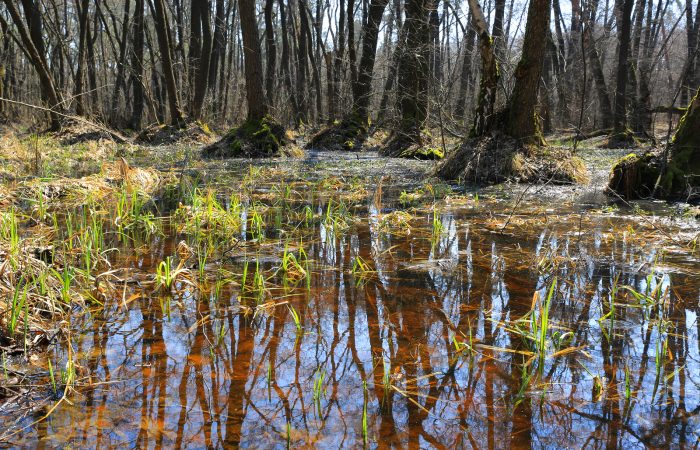Heard about microgrids but not exactly sure what they are? Read Susan Ruhlin’s easy-to-understand blog about what they are and why they’re so important.
Admit it; you love a farmer’s market. You love those perfect pumpkins, the bumpy, waxy, gourds, the clover honey, and the bunches of carrots still sporting their floppy stems. You like talking to the growers because it’s nice to associate a human being with a product, and you also like the idea of keeping local dollars local. Indeed, we’re fortunate that the buy local movement is so robust in Maine because now it’s about more than just food and textiles. Enter the microgrid; the ultimate locally made energy resource.
First, to understand what a microgrid is and how it works, it’s helpful to think about how our national grid functions, so here’s a brief primer. The US National Grid is the vast distribution network of power generation plants such as coal, hydro, or natural gas, substations, wires, and transformers. The plants connect to distribution substations that connect to transformers via 450,000 miles of high-voltage power lines and 160,000 miles of overhead transmission lines that deliver the electricity to your home. It’s an antiquated system that’s ripe for disruption. You’ve likely heard news stories about weather-related power outages, potential hacking risks, or brownouts caused by too much demand on the grid in one area. Control of the energy distribution is by design, centralized, meaning the energy follows the demand, often for long distances. This concept is important because it impacts the resiliency of the grid, which ultimately relates to how often and for how long an outage occurs.
A microgrid, on the other hand, is a smaller version of the larger grid with one distinct difference; it can operate with or without the larger grid. The microgrid’s ability to island itself means it can work entirely on its own. Microgrids can be small enough to supply power to just a single building, or large enough to generate electricity for an entire college campus or small community. Fun fact, during Hurricane Sandy, Princeton University never lost power because of its microgrid and was able to supply power for all of the Emergency Response Services during that critical time.
Today’s microgrids use sophisticated software, like developed by Introspective Systems, to drive their operation enabling them to run more efficiently by optimizing their resources. Power generation, often from renewables like wind or solar, can learn to produce more when the sun shines, or the wind blows and when to store the excess for a rainy day. Another benefit is that consumers can make more cost-effective decisions on when to use or conserve their energy resources based on the real-time cost of power.
Microgrids are a cleaner alternative to traditional generation methods because, as already mentioned, renewable energy is often the fuel that powers them. The energy created is close to the homes that use the power, so there’s little to no waste from wire transmission. Additionally, even higher efficiency is possible if buildings implement Combined Heat and Water (CHP) systems. CHP transforms waste heat into usable energy, heat, and hot water for the building.
Now more than ever, communities want to have a say over where their power comes from and what sources are used to generate it. Microgrids are rapidly becoming a game-changer in the energy space, and the market is growing rapidly. So, the next time you visit the farmer’s market, look for the solar or wind tables, I promise you’ll find the conversation illuminating.



